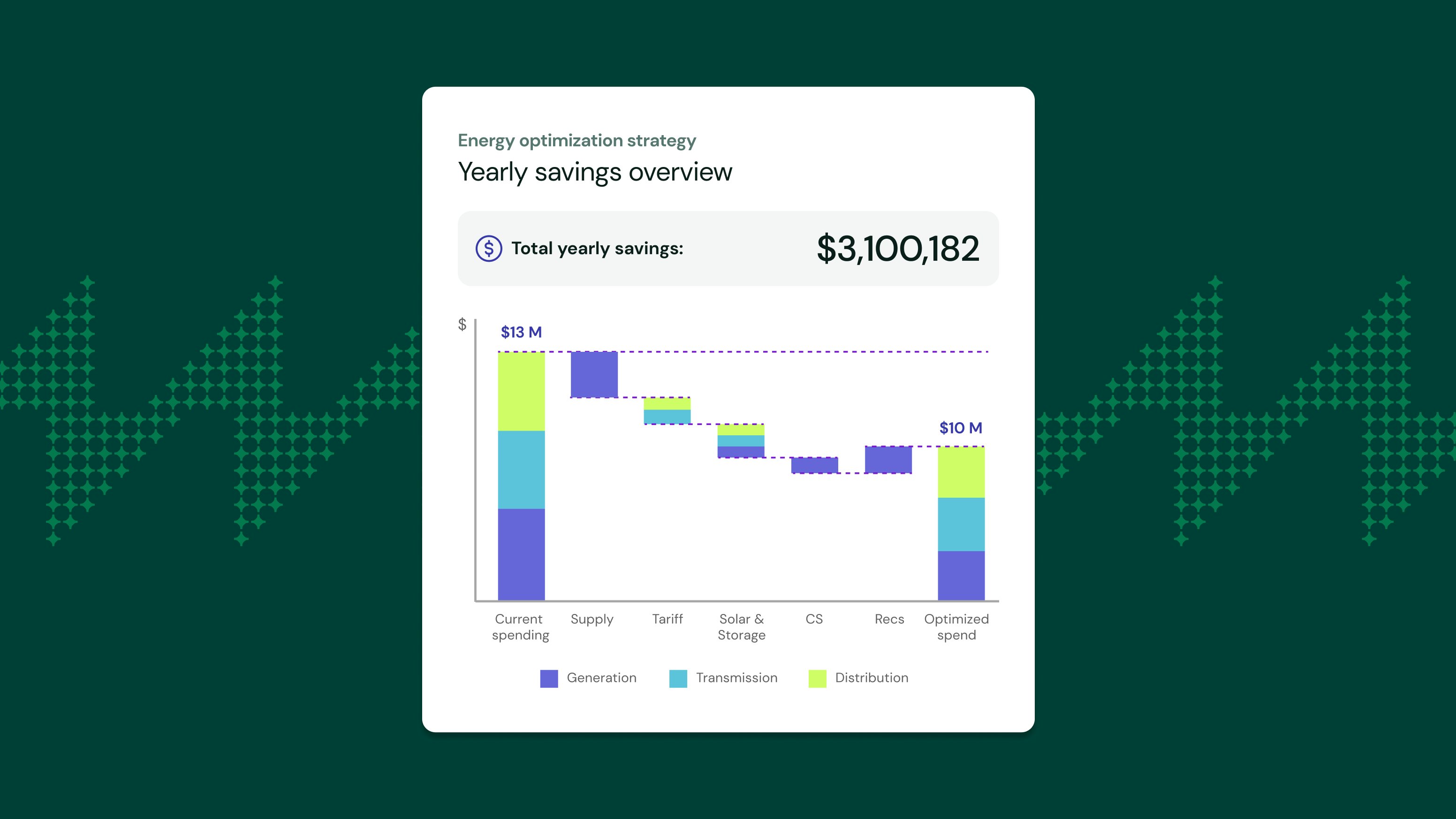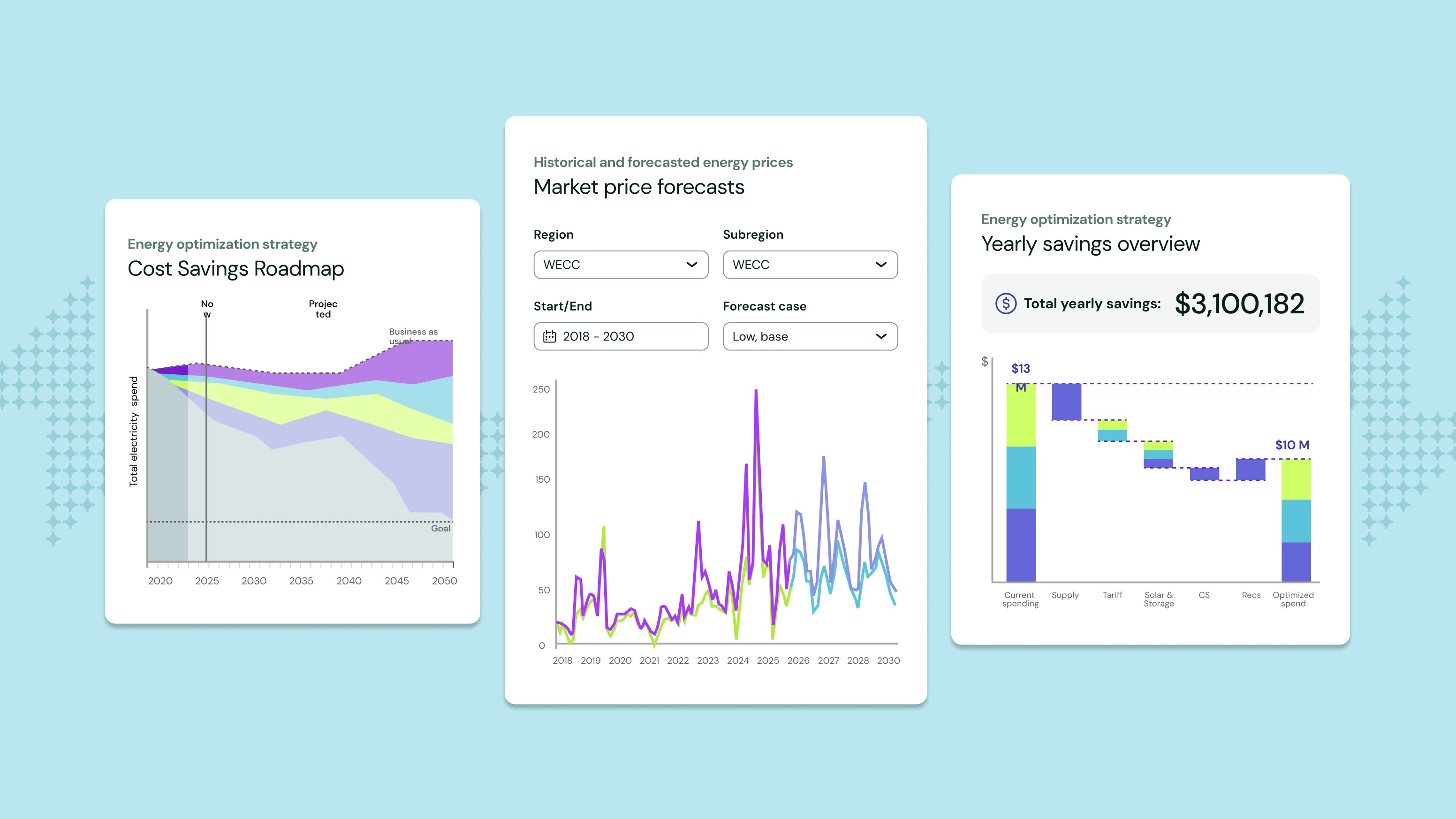Blog
The latest news, product updates, energy expertise, and climate perspectives from Arcadia.

Blog
With the fall conference circuit in full swing, we’ve been hearing directly from enterprise energy leaders about what’s top of mind. Here are the key trends shaping enterprise energy strategies today.
Featured stories

Blog
Electricity prices have long been one of the most stable inputs in business. Regulated rates, incremental adjustments, and predictable grid operations meant power costs rarely made headlines. But today, the energy cost crisis can’t be ignored.

Blog
By integrating the expertise of RPD Energy, Arcadia has strengthened our ability to deliver holistic, tailored procurement services for businesses across the US.

Blog
Our Q&A with Udit Garg, Arcadia’s VP of Product & Engineering, explores why generic AI solutions fall short in today's complex energy landscape — and how Arcadia's experience informs our strategic approach to leveraging AI.
Recently published
No Results Found
Please try adjusting filters to expand your options.